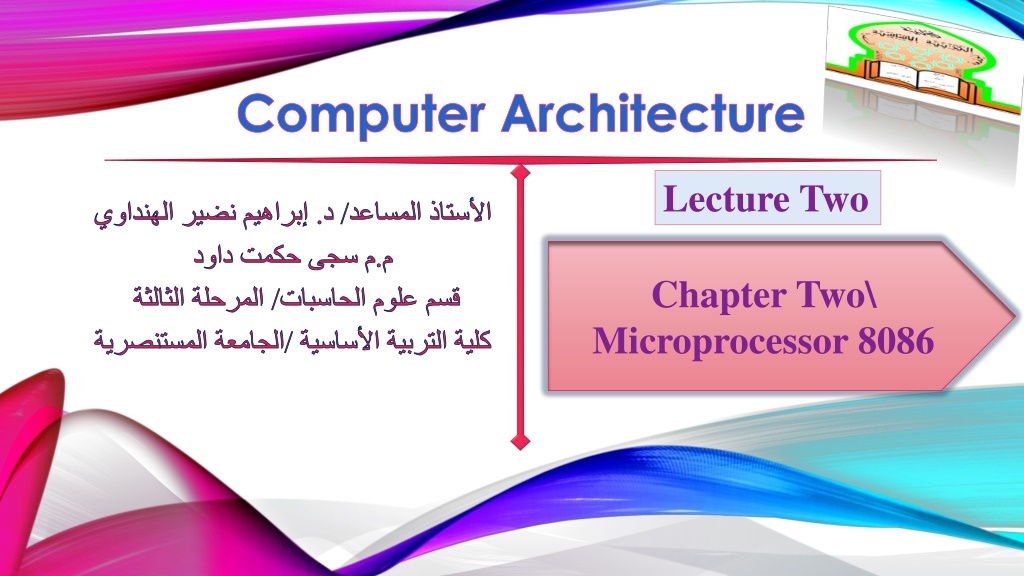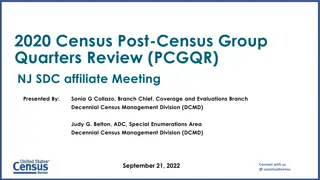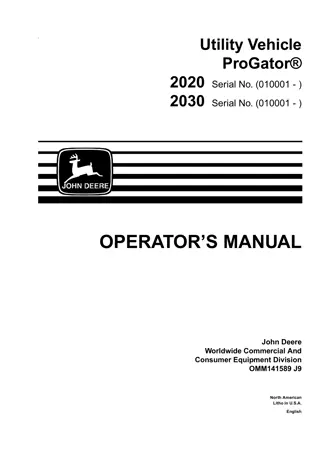
Understanding 8086 Microprocessor Architecture
Explore the architecture of the 8086 microprocessor, including the Bus Interface Unit (BIU) and Execution Unit (EU). Learn about the System Bus and the components involved in data transfer. Discover the functions and operations of the BIU and EU in executing instructions and managing data flow within the microprocessor.
Download Presentation

Please find below an Image/Link to download the presentation.
The content on the website is provided AS IS for your information and personal use only. It may not be sold, licensed, or shared on other websites without obtaining consent from the author. Download presentation by click this link. If you encounter any issues during the download, it is possible that the publisher has removed the file from their server.
E N D
Presentation Transcript
Computer Architecture Lecture Two . / / . Chapter Two\ Microprocessor 8086 /
2 Microprocessor Architecture Information is sent from one main component to another along the communication channel, which is often called the System Bus. Both programs and data are stored in the memory. The Bus Interface Unit (BIU) within the MPU fetches new instruction or data as necessary. It is also the BIU jobs to interpret or decode instruction and to route results to their proper destination. The MPU Execution Unit carries out any arithmetic which is required, including memory calculation. Microcomputer memories consist of a collection of chips of two kinds Read Only Memory (ROM) and Random Access Memories (RAM). the basic arrangement of the main components of 8086 is shown in figure bellow
5 System Bus The components of the computer system must communicate with each other and with the outside world. Although it may be possible to connect each component to the CPU separately as a practical matter this would require too many physical connects. To keep the number of connections manageable, the processor is connected to memory and all peripherals using a bus. A Bus is a bunch of wires, and electrical path on the printed IC to which everything in the system is connected. There are three types of Bus: 1- Address Buss (AB): the width of AB determines the amount of physical memory addressable by the processor. 2- Data Bus (DB): the width of DB indicates the size of the data transferred between the processor and memory or I/O device. 3- Control Bus (CB): consists of a set of control signals, typical control signals includes memory read, memory write, I/O read, I/O write, interrupt acknowledge, bus request. These control signals indicates the type of action taking place on the system bus.
6 The Process Intel 8086 The 8086 CPU is divided into two independent functional units: 1. Bus Interface Unit (BIU) 2. Execution Unit (EU)
7 Bus Interface Unit (BIU):- The function of BIU is to: Fetch the instruction or data from memory. Write the data to memory. Write the data to the port. Read data from the port.
Execution Unit (EU):- 8 The functions of execution unit are: To tell BIU where to fetch the instructions or data from. To decode the instructions. To execute the instructions. The EU contains the control circuitry to perform various internal operations. A decoder in EU decodes the instruction fetched memory to generate different internal or external control signals required to perform the operation. EU has 16- bit ALU, which can perform arithmetic and logical operations on 8-bit as well as 16-bit.











